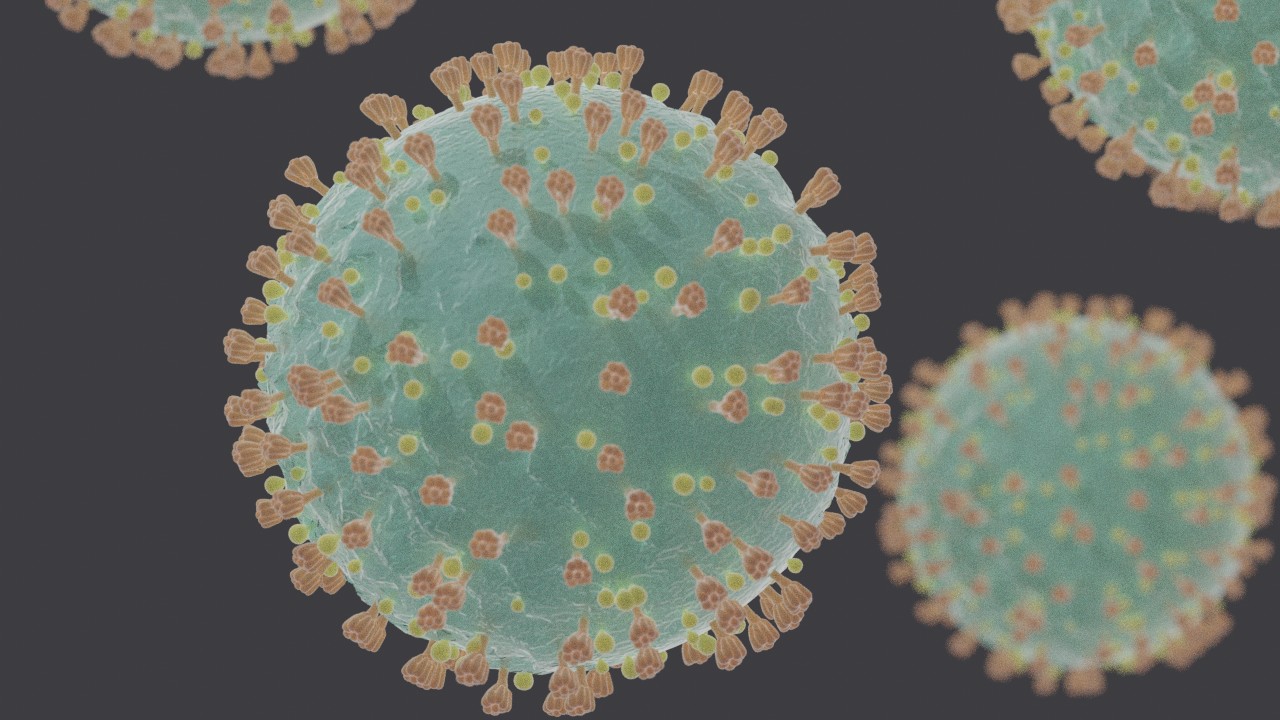Tag: Coronavirus
-
Governors ask Biden administration to lift COVID-19 public health emergency

Utah Governor Spencer Cox (R) and 24 governors from other states, on December 19, 2022, signed a letter asking President Joe Biden (D) to end the COVID-19 federal public health emergency (PHE) in April 2023. The U.S. Department of Health and Human Services (HHS) declared the COVID-19 federal PHE on January 27, 2020. The PHE…
-
Republican attorneys general file petition to repeal vaccine mandate for healthcare workers

Twenty-two attorneys general filed a petition on November 17, 2022, requesting the Biden administration to repeal the vaccine mandate for healthcare workers. The Centers for Medicare and Medicaid Services (CMS) issued an interim final rule on November 5, 2021, requiring healthcare workers to receive the COVID-19 vaccine. The interim rule aimed to “protect the health…
-
Hawaii lifts last statewide school mask requirement in the nation

On August 1, 2022, Hawaii lifted its statewide school mask requirement, making it the final state in the nation to do so. The Hawaii Department of Health announced the change on July 12. Thirty-five states required masks in schools at some point since the start of the COVID-19 pandemic. Some requirements specifically covered schools, while…
-
Congressional Review Act resolution would block Head Start vaccine and mask mandates

A Congressional Review Act (CRA) resolution introduced in the U.S. Senate aims to block an interim final rule issued by the U.S. Department of Health and Human Services (HHS) that requires all Head Start staff and volunteers to get vaccinated against COVID-19 and wear a mask. Senator John Thune (R-S.D.) sponsored the resolution in the…
-
Biden administration implements vaccine mandate through emergency rulemaking

The Occupational Safety and Health Administration (OSHA) on Nov. 4 issued an emergency rule effective immediately to implement President Joe Biden’s (D) proposed vaccine mandate on certain private business employees. The rule requires the roughly 80 million individuals who work for companies with 100 or more employees to receive a COVID-19 (coronavirus) vaccine or undergo weekly testing.…
-
A look back at government responses to the coronavirus pandemic, October 19-23, 2020

Although the first case of COVID-19 in the U.S. was confirmed on Jan. 21, 2020, it wasn’t until March when the novel coronavirus upended life for most Americans. Throughout the year, states issued stay-at-home orders, closed schools, restricted travel, issued mask mandates, and changed election dates. Here are the policy changes that happened October 19-23,…
-
A look back at government responses to the coronavirus pandemic, Sept. 28-Oct. 2, 2020

Although the first case of COVID-19 in the U.S. was confirmed on Jan. 21, 2020, it wasn’t until March when the novel coronavirus upended life for most Americans. Throughout the year, states issued stay-at-home orders, closed schools, restricted travel, issued mask mandates, and changed election dates. Here are the policy changes that happened Sept. 28…

